HR Software for Small Businesses: Key Features and Benefits
EmployeeConnect
NOVEMBER 7, 2024
This centralisation offers benefits such as improved data accuracy, compliance tracking, and faster HR operations, all of which are crucial for small businesses operating with lean resources. HR software automates payroll, reducing errors and saving time.

































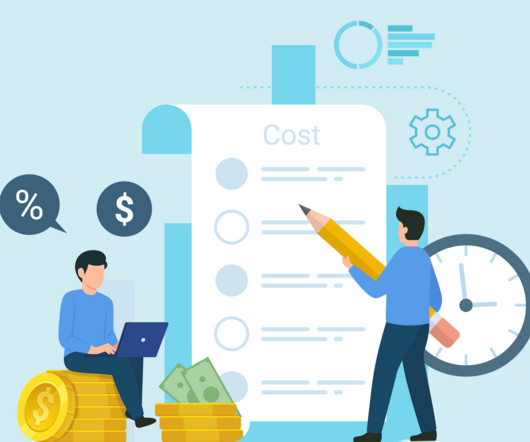



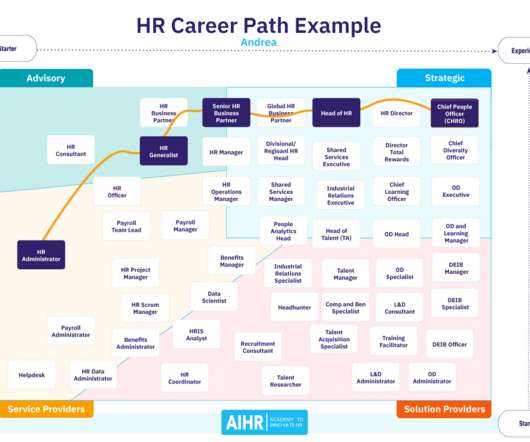

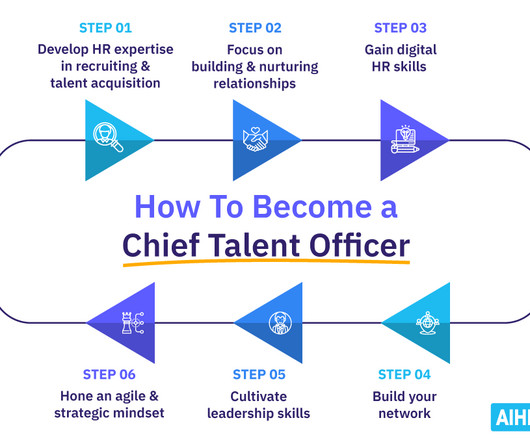

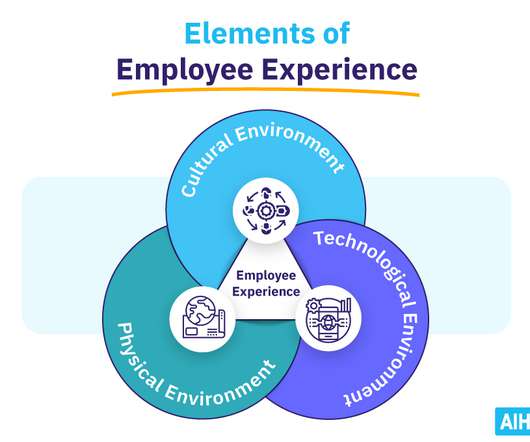

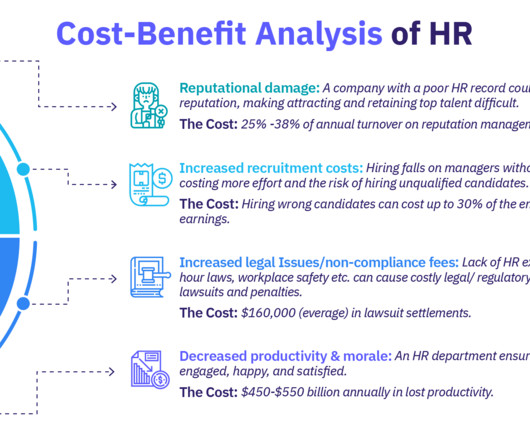
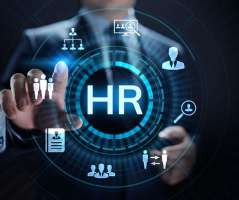










Let's personalize your content